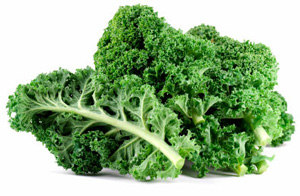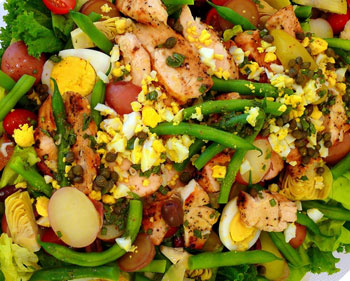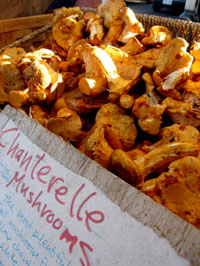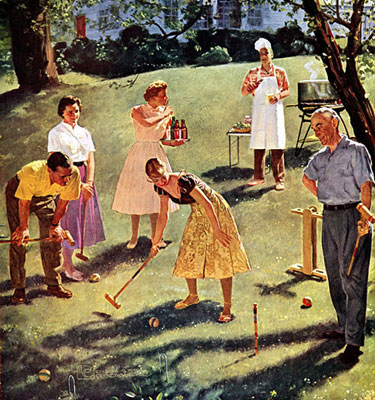 It isn't hard to be inspired when your store's refrigerator is bursting with boxes of carefully bunched asparagus all lined up in neat rows. My first reaction is to pair the asparagus with the fresh diver's scallops that have arrived this morning, but I have my whole working day ahead to fine tune exactly what I am going to create for dinner with these two extraordinary ingredients. Something fairly quick and something that causes silence at the table. What is quicker than an risotto and what is faster that pan sear scallops? Ah, dinner in 40 minutes, now I am getting hungry!
It isn't hard to be inspired when your store's refrigerator is bursting with boxes of carefully bunched asparagus all lined up in neat rows. My first reaction is to pair the asparagus with the fresh diver's scallops that have arrived this morning, but I have my whole working day ahead to fine tune exactly what I am going to create for dinner with these two extraordinary ingredients. Something fairly quick and something that causes silence at the table. What is quicker than an risotto and what is faster that pan sear scallops? Ah, dinner in 40 minutes, now I am getting hungry!
I defrost a quart of chicken stock that seems to reproduce in my freezer and chop off the woody asparagus end and simmer the two together to give my risotto a more intense asparagus flavor so I can add the other end of the asparagus later on in the rice cooking process without running the risk of overcooking and losing that bright Spring green. In a two quart pot melt 2 tablespoons of butter and the same amount of olive oil, to this heated fat add 3/4 of a cup of finely chopped onions – I use yellow spanish onion but a red onion would really be beautiful in the finished risotto.

 It’s funny how things come together in the kitchen. This week I’ve had lots of fingerling potatoes lying around, as I’ve been developing recipes with them for
It’s funny how things come together in the kitchen. This week I’ve had lots of fingerling potatoes lying around, as I’ve been developing recipes with them for  We had a moment the other night, a unique event in the long history of the Tucker-Eikenberry alliance.
We had a moment the other night, a unique event in the long history of the Tucker-Eikenberry alliance. It’s almost Spring, right? All the beautiful produce will start showing up at the market soon. This salad is a beautiful addition to any table, making a beautiful centerpiece for a stunning buffet.
It’s almost Spring, right? All the beautiful produce will start showing up at the market soon. This salad is a beautiful addition to any table, making a beautiful centerpiece for a stunning buffet. Fresh chanterelles are my favorite mushroom. Sure I enjoy porcini and I certainly wouldn't pass up a truffle white or black if it crossed my plate. But there is something about chanterelles that appeals to me the most.
Fresh chanterelles are my favorite mushroom. Sure I enjoy porcini and I certainly wouldn't pass up a truffle white or black if it crossed my plate. But there is something about chanterelles that appeals to me the most.
